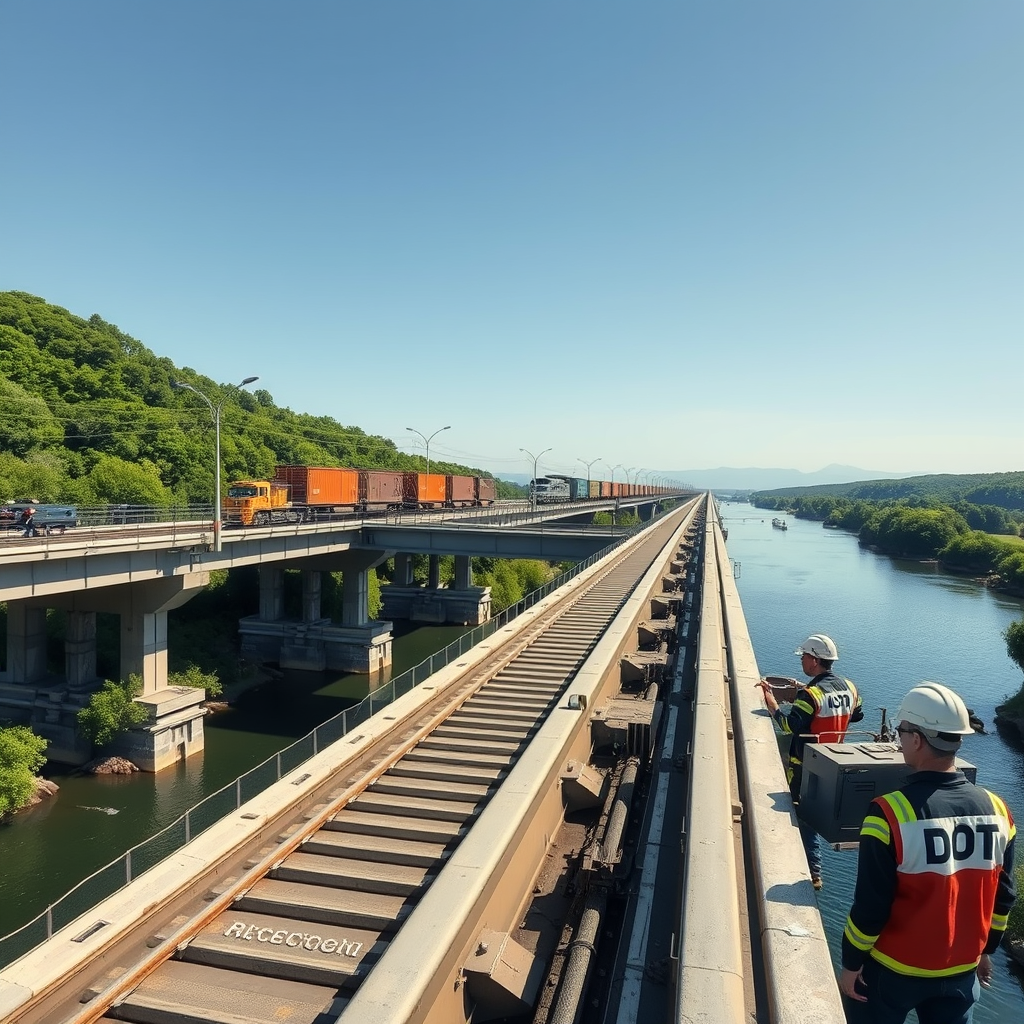Egypt’s Rail Revolution: $235M Modernization

This article explores the significant modernization of Egypt’s railway infrastructure through a series of contracts between the Egyptian National Railways (ENR) and Progress Rail, a US-based firm. The agreements, totaling over $235 million, represent a substantial investment in enhancing Egypt’s railway network, impacting both economic growth and regional stability. This modernization effort includes the refurbishment of a large fleet of diesel-electric locomotives, the provision of long-term parts supply, and crucial technical assistance. Beyond these specific contracts, the article touches upon broader trends in Egyptian railway development, highlighting recent projects involving signaling upgrades and the procurement of high-speed rail track. The focus will be on analyzing the impact of these initiatives, examining their economic implications, and considering the environmental aspects of railway modernization in the context of sustainable development.
Modernization of Egypt’s Diesel-Electric Locomotive Fleet
A cornerstone of the modernization program is the refurbishment of 1,000 diesel-electric locomotives. This $185 million contract represents a substantial investment in extending the operational lifespan and improving the efficiency of ENR’s existing fleet. Refurbishment involves comprehensive overhaul of critical components, including engines, electrical systems, and braking systems. This not only enhances the reliability and performance of the locomotives but also contributes to reduced maintenance costs and improved fuel efficiency over the long term. The improved reliability translates directly into a more efficient and dependable freight and passenger service, impacting the timely delivery of goods and the overall mobility of the population. This project underscores the importance of maintaining existing assets as a cost-effective component of railway modernization.
Long-Term Parts Supply and Technical Assistance
Complementing the locomotive refurbishment is a 15-year parts supply contract worth $42 million for 141 locomotives. This ensures the continuous availability of essential parts, minimizing downtime and maintenance disruptions. A reliable parts supply chain is crucial for maintaining the operational efficiency of the railway network. Furthermore, a five-year (with an option for a five-year extension) technical assistance agreement, valued at $5 million, provides ENR with access to Progress Rail’s expertise in maintenance, repair, and operational best practices. This knowledge transfer is vital for building local capacity and ensuring the long-term sustainability of the modernization efforts. The combination of parts supply and technical assistance ensures that ENR benefits not only from immediate improvements but also from sustained performance enhancement through local expertise development.
High-Speed Rail and Signaling Upgrades: Broader Context
The Progress Rail contracts are part of a wider push to modernize Egypt’s railway infrastructure. Recent projects, such as Alstom’s signaling upgrade on the Beni Suef-Asyut line (using the SIL 4 electronic interlocking system, IXL SmartLock 400 GP), and the procurement of British Steel track for the high-speed rail line linking Alexandria to the Red Sea, demonstrate Egypt’s commitment to enhancing both passenger and freight transport. These projects showcase a diverse range of technological advancements and the crucial role of international collaboration in modernizing national railway systems. The high-speed rail project, in particular, represents a significant leap forward in terms of capacity and speed, significantly impacting travel times and logistics.
Environmental Considerations
While the current contracts focus primarily on diesel-electric locomotives, it is crucial to acknowledge the environmental implications of this technology. While refurbishment enhances fuel efficiency, the long-term sustainability of the railway system demands a transition towards cleaner technologies such as electric locomotives. The inclusion of heat recycling HVAC systems (Heating, Ventilation, and Air Conditioning) in the broader context of railway modernization signals a move towards improved energy efficiency. Further investment in electrification and sustainable technologies will be vital for aligning Egypt’s railway modernization strategy with global environmental goals. This transition requires a strategic long-term plan incorporating various factors including infrastructure upgrades and renewable energy sources.
Conclusions
The $235 million agreement between Progress Rail and ENR represents a significant milestone in Egypt’s railway modernization strategy. The refurbishment of 1,000 diesel-electric locomotives, coupled with long-term parts supply and technical assistance, will substantially enhance the operational efficiency and reliability of the Egyptian rail network. This is not an isolated initiative, but part of a larger effort encompassing signaling upgrades, high-speed rail development, and a gradual movement towards greater sustainability. The project’s success hinges on effective collaboration between international partners and ENR, fostering knowledge transfer and building local capacity. While the current contracts focus on diesel-electric locomotives, the long-term vision needs to encompass a transition toward more environmentally friendly technologies. A comprehensive strategy involving infrastructure upgrades, the adoption of electric traction, and the integration of renewable energy sources will be crucial for ensuring the long-term sustainability and environmental responsibility of Egypt’s modernized railway system. The ultimate success will be measured not only by economic benefits but also by its contribution to a more sustainable and efficient transportation sector, driving economic growth while minimizing its environmental impact.





